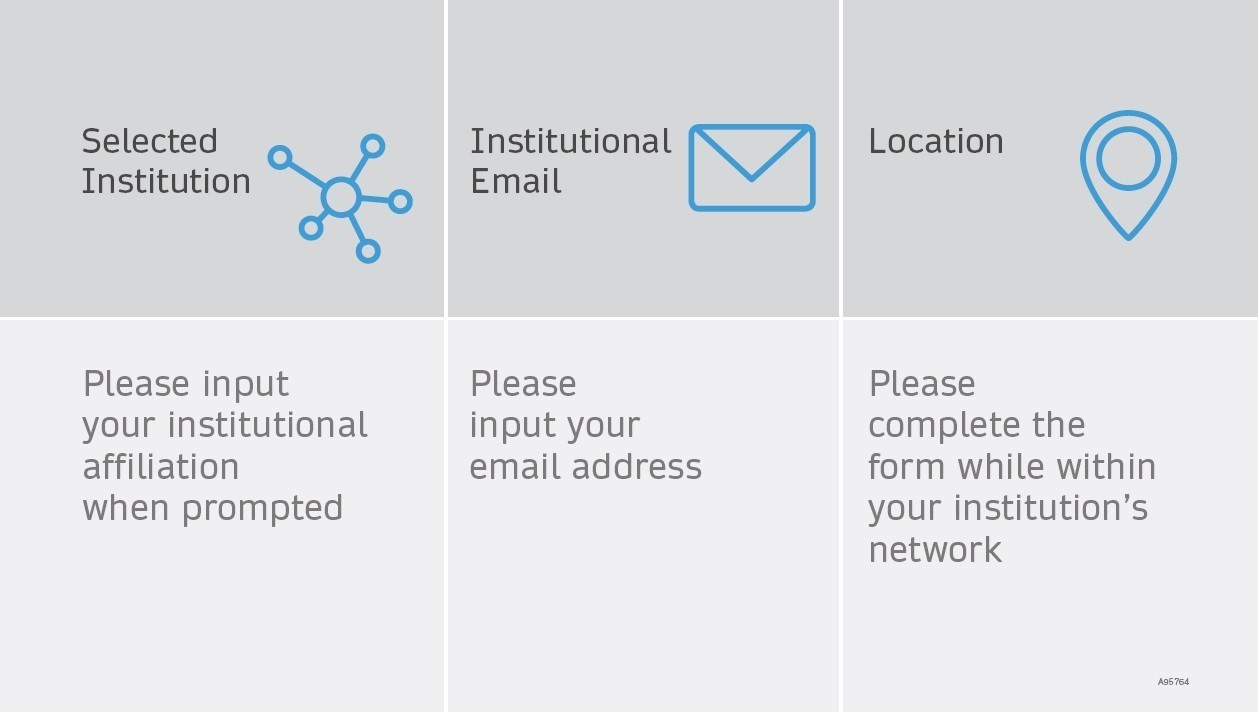Who is considered the corresponding author?
The corresponding author is defined as the person who handles the manuscript and correspondence during the publication process – from manuscript correction and proof reading, to handling the revisions and re-submission of revised manuscripts up to the acceptance of the manuscripts.
The corresponding author has the authority to act on behalf of all co-authors in all matters pertaining to publication of the manuscript including supplementary material. They are also responsible for obtaining such agreements and for informing the co-authors of the manuscript’s status throughout the submission, review and publication process.
In addition, the corresponding author acts as the point of contact for any enquiries after the paper is published.
How can I make sure my article is eligible?
When you submit, use at least one of the below methods of recognition.

Upon acceptance of your article, you'll also be prompted to provide your institutional affiliation.
How do I know if my article has been approved?
The approval manager at your institution will approve your article's eligibility based on your institutional affiliation, article type and journal name.
Once your article is approved by your institution, you will be notified by email and your article will proceed to publication.




